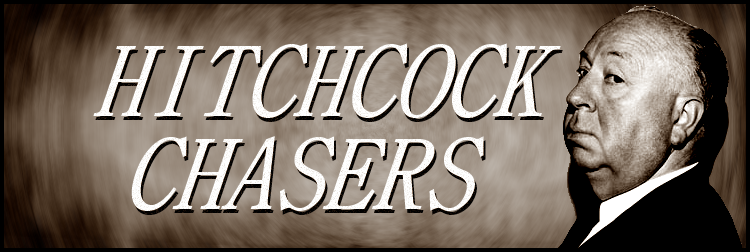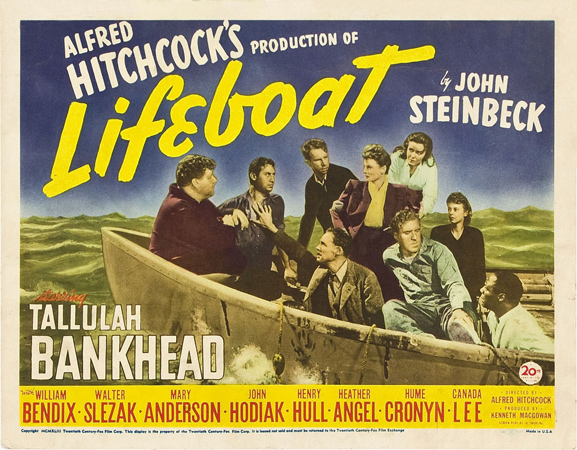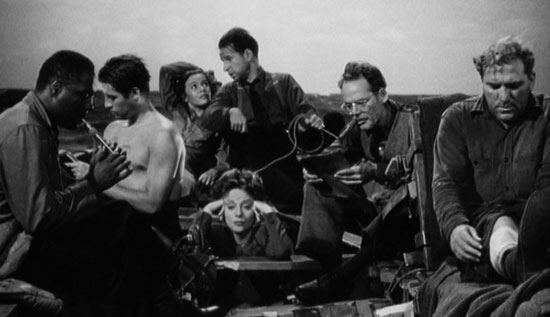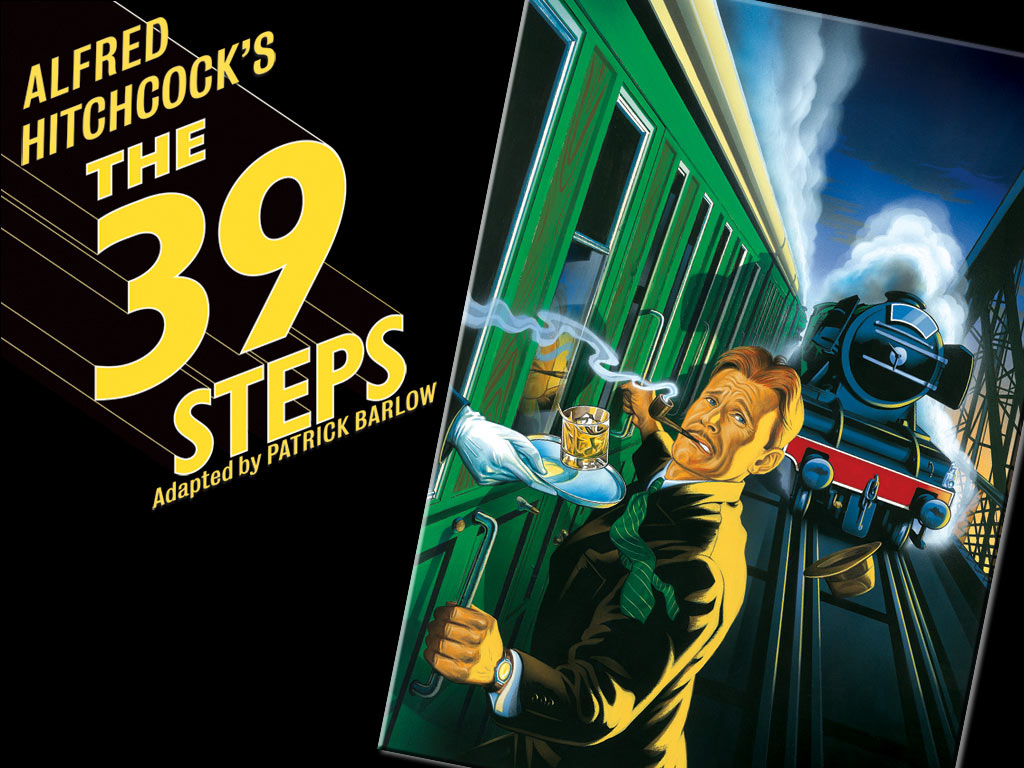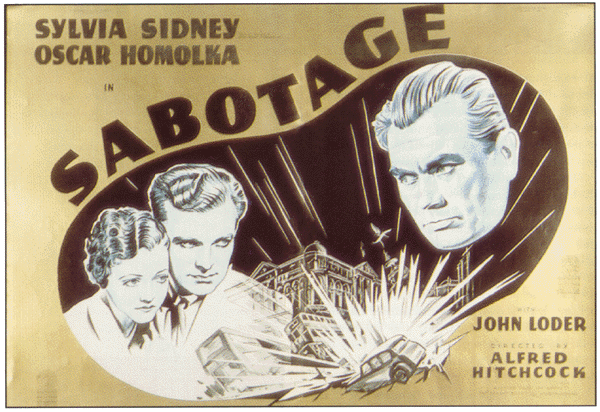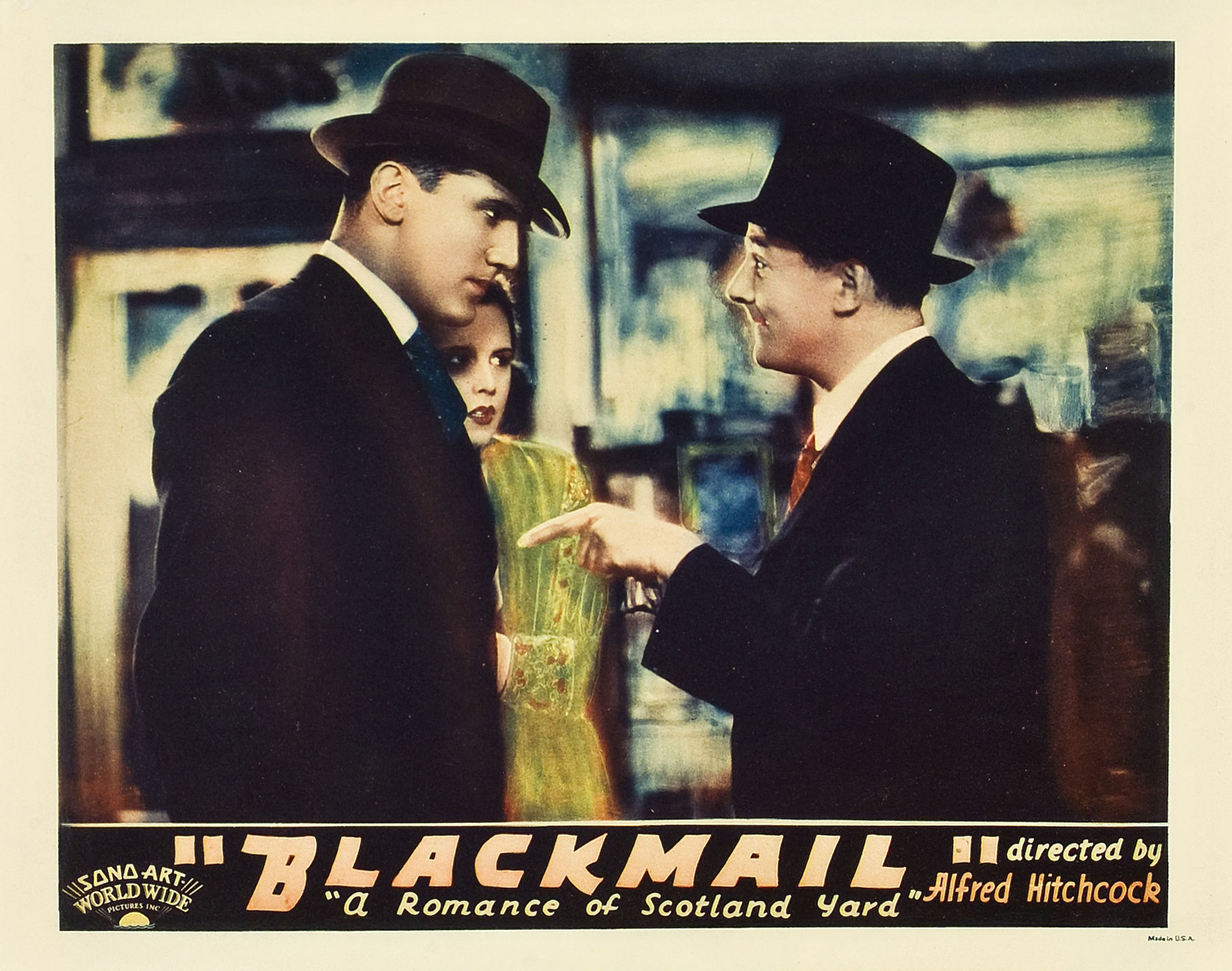Spellbound (1945)
 Thursday, January 17, 2013 at 8:40PM
Thursday, January 17, 2013 at 8:40PM 
Spellbound (1945)
In 1945, Hitchcock was arguably at the top of his game. He was well established in America with Rebecca, Saboteur, and Lifeboat produced and released to generally major success: Rebecca was nominated for Best Picture, while Lifeboat achieved some acclaim with a bit of vitriol. Even though his relationship/contract with studio head David O. Selznik was reportedly combative, the combination of their creative juices made some fantastic pieces of cinema. With this said, Spellbound, his follow-up to Lifeboat, is another romantic thriller like Rebecca, including The Master's visual flair mixed with Selznik's trademark emphasis on melodrama and romantic flourishes (think Gone With The Wind, another Selznik production), along with a dash of psychoanalysis for good measure.
Ingrid Berman plays Dr. Constance Petersen, a workaholic psychiatrist working at Green Manors mental asylum. There we find new chief psychiatrist Dr. Edwards (played by a very young Gregory Peck), arriving to the fanfare of Dr. Petersen as she is a fan of his books on psychology. While they quickly (and surprisingly based on Petersen’s robotic demeanor) fall in love, problems emerge as Dr. Edwards himself seems ironically ill. In a tense moment, she discovers he is not Dr. Edwards at all, but an unknown imposter, who actually doesn't know who he is either (they must be thankful this all very appropriately happened in a mental asylum). Upon his assumption the real Dr. Edwards is dead, our character (now going by "John Brown” as he believes his name is related to the initials "JB") goes on the run to find himself, all the while having moments of psychosis when seeing odd fabric patterns. Yes, odd is the appropriate word.
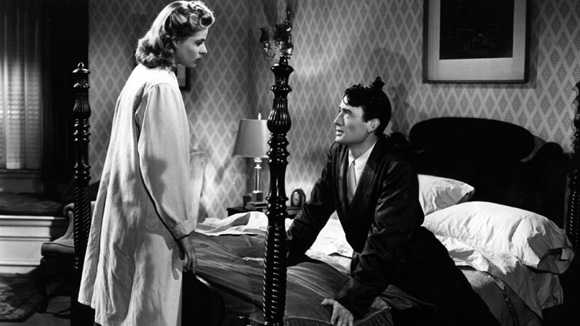
As Petersen follows "John Brown" we proceed into a world of romance, thrills, suspicion, and psychological intrigue. One could think of this film as a psychoanalytical procedural: as the unique duo flees from the authorities, we get a continuation of the investigative session where Dr. Petersen questions John in an attempt to break through his amnesia. Many scenes include symbolism and reference to psychoanalysis of the day, including the meaning of dreams and clues revealed from John's episodes of crazy (Salvidor Dali even attempted to construct setups for dream sequences, which for the most part we only see a fraction of).
While not as good as some of the predecessors in this series, it is clearly another great Hitchcock picture. Notable is the mystery at hand: even once the movie is ostensibly ending, there are multiple reveals that remain to be seen. The fact that we are aligned with Petersen’s mindset towards the end adds fantastic doubt/tension, as she (along with we the audience) don't know what to expect. Music is wonderfully catchy (I'm still whistling the main tune 24 hours later) along with unique instrumentation to supplement moments of John's psychosis (notably a Theremin, which you've heard in any B-Scifi movie from the 50s, or in the Burton masterpiece Mars Attacks!) With some effective subjective cinematography (watch out for the big ass gun!) and lighter comedic moments by supporting characters, the piece is undeniably entertaining.
While there are times I wish Hitchcock was independent (aka without Ego Maniac Selznik watching over his shoulder) and therefore less blatantly grandiose romance, these pictures are standouts of a unique collaboration. And anyway, The Master would eventually be free.



